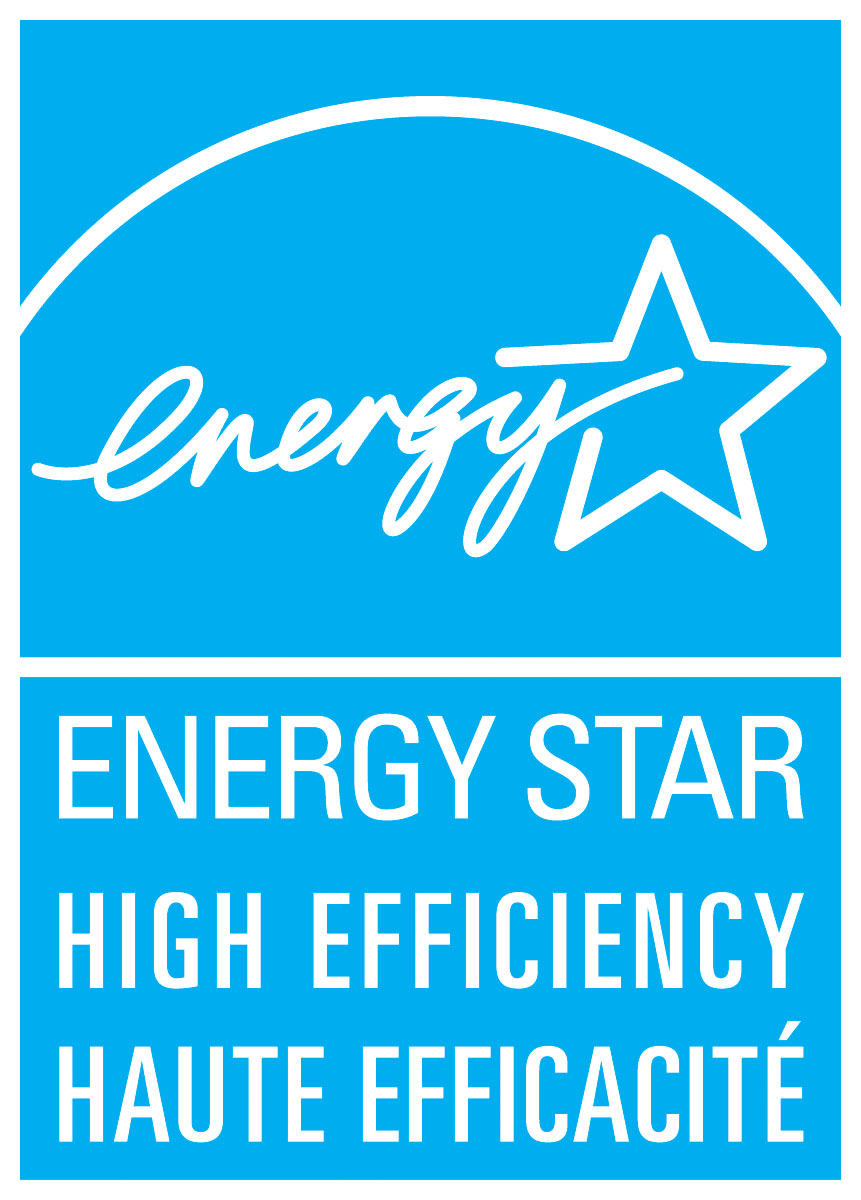Light bulbs or lamps
ENERGY STAR certified light bulbs use up to 90% less energy, on average, than traditional incandescent light bulbs. ENERGY STAR certified light bulbs using light-emitting diode (LED) technology last at least 15 times longer than incandescent bulbs.
With the phasing out of some kinds of inefficient light bulbs, it’s time to make the jump to ENERGY STAR certified light bulbs. Saving energy saves money and reduces your carbon footprint.

Key features
- Meet strict quality and efficiency standards that are tested by accredited labs and certified by a third party.
- Carry warranties for performance and lifespan, so you know they will live up to their promise.
- Produce almost no heat and are resistant to vibration, cutting cooling and replacement costs.
- Use sophisticated engineering to provide the type of light quality and feel consumers expect from traditional incandescent light bulbs.
- Include “smart” bulbs that let you use your smartphone or tablet to turn off, dim or tune the colour of your lights, so you get more control over mood and energy consumption.
The ENERGY STAR Promise

All ENERGY STAR certified products are tested to meet strict efficiency specifications and are certified by an independent third party. They perform the same as or better than standard products without compromising performance in any way.
Start your research using the ENERGY STAR Product Finder tool to find and compare certified light bulbs (You will be redirected to the U.S. ENERGY STAR website).
Helpful tips
- Use motion sensors for outdoor lights so they only turn on when needed.
- It can’t get easier than this - turn off lights when you leave a room to save even more energy.
- Learn more with the ‘Lighting made easy’ infographic.
- Check out the video guide for choosing LEDs.
Regulations set the energy efficiency minimum
Light bulbs are subject to Canada's Energy Efficiency Regulations, which set a minimum performance standard for their energy efficiency. Find details in the Guide to the Regulations.
Related Blog Posts
Connect with us
Follow us on any of our social media channels for energy-efficient tips, rebates, giveaways and much more.
The ENERGY STAR name and symbol are trademarks registered in Canada by the United States Environmental Protection Agency and are administered and promoted by Natural Resources Canada.
Page details
- Date modified:

